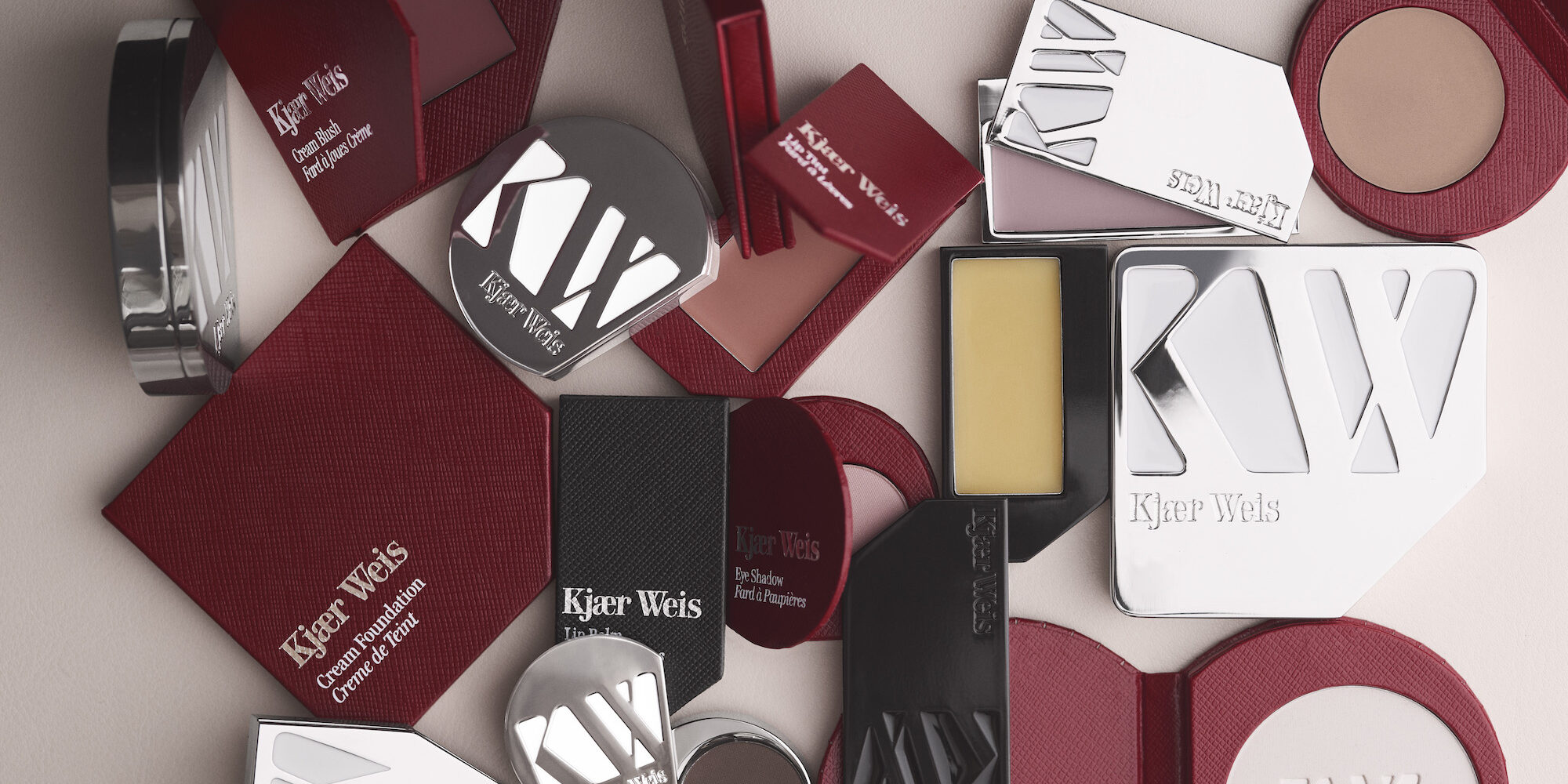
The Story Behind Kjaer Weis’s Striking Refillable Packaging—And How The Brand Still Moves The Needle On Sustainability
Before she became a makeup artist, Kirsten Kjaer Weis wanted to be an architect. Her passion for design is obvious in her clean cosmetics brand Kjaer Weis’s functional and fierce refillable packaging that garnered a Beacon Awards win. Her makeup artistry background guides what goes into the packaging to create a well-rounded offering in which there are no sacrifices on product performance or aesthetics from switching to an alternative to conventional makeup brands. “It has purpose what we surround ourselves with, even down to the way your lipstick looks,” says Kjaer Weis. “That can, for some, sound superficial, but I think we all surround ourselves with things that are pleasing to our hearts.”
In its decade on the market, Kjaer Weis’s products have expanded to please shoppers at leading retailers such as Neiman Marcus, Bluemercury, Credo, Cos Bar, Revolve, Violet Grey, The Detox Market and Follain. The brand has also joined Costa Brazil, Manual and Sallve in the portfolio of investment and incubation firm Waldencast. Beauty Independent spoke to Kjaer Weis about creating singular packaging, helping consumers adopt the refills, sustainable sampling and turning her brand into a household name around the world.
Tell us about working with designer Marc Atlan on your brand’s packaging.
When coming up with the idea for the brand, the design of the packaging was really key. [The brand] had to have the all-natural ingredients profile. It had to have the high performance and, then, I really wanted to have something unique in terms of packaging, but it still had to be sustainable.
I’d always been madly in love with the work of Marc Atlan. He has designed for Comme des Garçons, this beautiful perfume bottle. I would hold this bottle, and it was almost like an emotional experience of, “Oh my god, this is so timeless and beautiful. What if I could have this person work with me?” In the end, I cold emailed him and said, “I love what you do. You might think this is a silly email.” I was a complete nobody. He thought it was interesting because he hadn’t really done design for color at that time. He also liked the idea of it being luxury, but sustainable. He’s French and lives in Los Angeles. I always work in front of a mood board, so I packed up my mood board, flew out to Los Angeles and laid it all out for him. We hit it off and felt very much like we were kindred spirits.
I didn’t hear from him for probably two months after seeing him. Then, he reached out and said, “I’ve come across this metal, it’s super luxe. We could turn it into a unique design. It’s not recyclable, but we could turn it into a refill system.” That’s how it happened. I credit him for being the brain behind the concept. We worked on the color together and worked on the different materials.
How long was the process from that initial meeting until products were on shelves?
Two years. It did take a long time because there were so many details. I feel that luxury presents itself in the details, and he’s very particular. I thought I was very particular, but I really had to amp up my game with him. For instance, the click of the compact, we worked on that click a long time to have that sort of weight to it almost like a Mercedes car door, just little nerdy details like that. If you have enough of those details, it adds up to the full experience.
Are there other aspects of the packaging you think stand out?
I like the juxtaposition of having metal that is futuristic in its feel and look combined with more of an old-school red box that has that textured paper so it doesn’t become too much of one thing. I also love the enamel in the KW logo. For the refills, we wanted those to be cool as well. They would be cool objects in and of themselves, even though that had to be done in recyclable paper. We talked about the cartons that eggs come in. The manufacturer had this paper that was similar to that.
I was interested in: Why is it that one feels that one has to truly compromise on the luxury experience when going green? It’s always attached with some heavy compromises on packaging, but also the way the product performs. Those compromises had to be taken away.
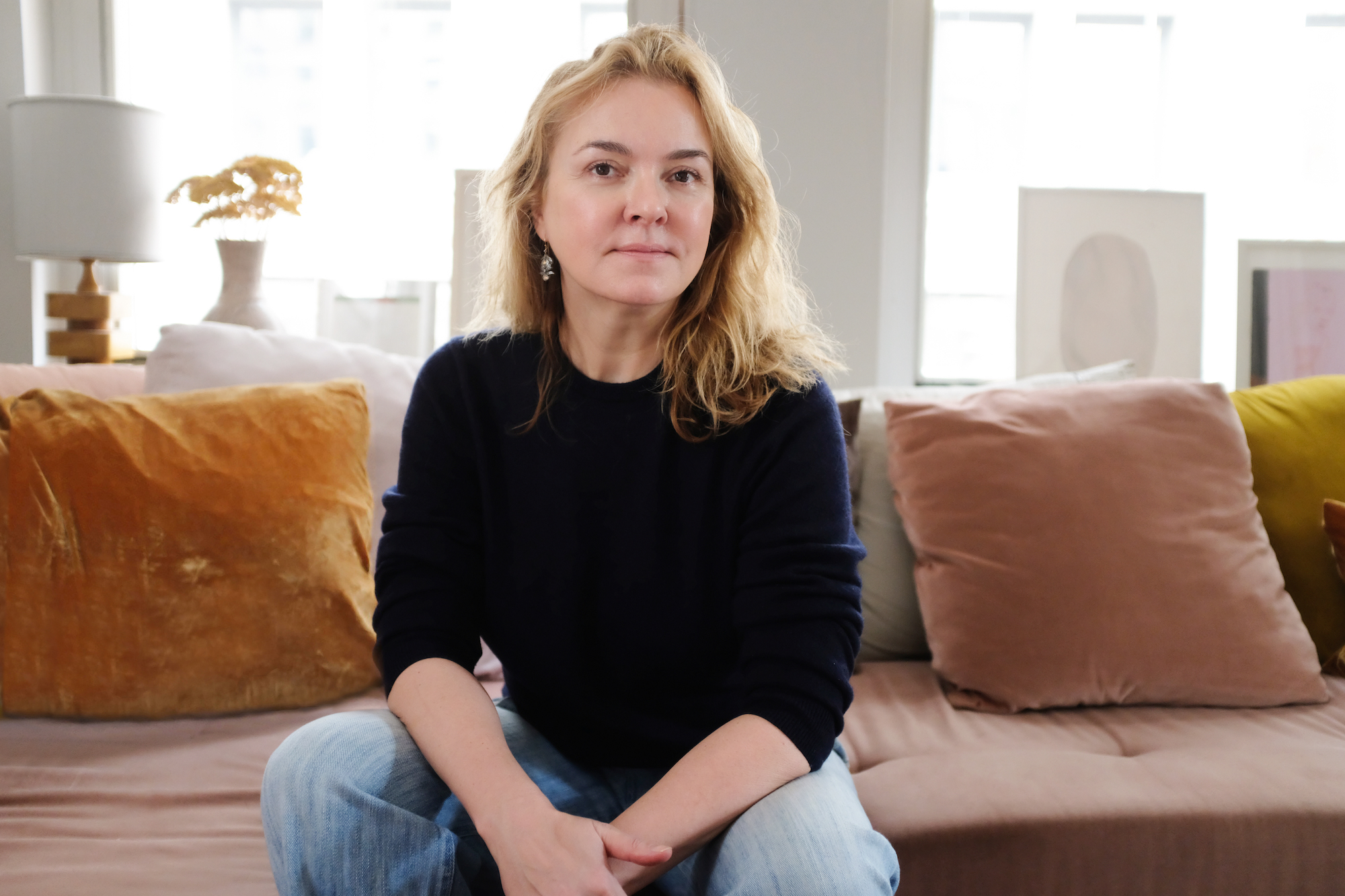
Do you see your brand’s packaging influencing other brands?
I do see some that have done the swirl where [a compact] goes to the side instead of it opening up like how [our] compact opens to the side almost like some car doors where they open up instead of opening out. I see that there are more companies stepping into refill. I wouldn’t say it’s becoming a trend. I do think some probably got inspired by what we had been doing and did their own version.
They need to be able to hold their own. If you want to sit next to the big established conventional brands in a department store, they can’t just be looking like a brown bag. That sounds pretty harsh. I think there’s room for anything. Some women are perfectly happy to buy makeup at Whole Foods, but why wouldn’t a green product actually be uncompromising so that you could go and get the full experience of shopping at a beautiful department store or boutique and have that pride when you pull it out of your bag?
Are consumers embracing refills?
We’re definitely seeing sales going up on the refill side. It’s catching on, so we’re very happy to see that. The only real data that we have is from our own online in terms of recurring customers. We don’t get in-depth information from our retail doors, but we can obviously see growth in sales overall.
It all comes down to education, and we still very much have to educate. When I first launched 10 years ago, [it was hard] trying to get the message across to retail doors. You had to invest in the silver compact with product. Then, you also had to have a refill. That definitely took some convincing from an inventory standpoint, which I understand.
You have to make sure there is continuous education on your own channels and for the in-store sales team. When you have multiple doors and they change staff a lot of times on a regular basis, a new person would come in, and they didn’t really realize it was refill system. So, it takes a lot of education. I’ll still come across customers and they say, “Oh, I didn’t even realize it was a refill system,” even though we feel like we talk about it a lot both on our site and on Instagram.
We actually introduced a new way of buying into the line just on our own site, where the purchase proposition is now starting with the refill. This isn’t happening with our retail doors yet. We created a secondary compact to the silver compact made out of the red paper that you see in the red box. Imagine the silver compact that’s now made in full from the red paper, and that red paper is recyclable and compostable. So, you can decide as a shopper if you want to buy that or if you want to buy the Iconic, which is what we call the silver compact.
It’s something that is more on the go, if that’s your preference, and it’s a lower price point. It gives the flexibility to be able to customize it according to your needs and desires. The growth that we see in refills is very much tied into this new sales proposition because you now start with a refill whereas before you bought directly into the silver compact and, then, you started to refill it.
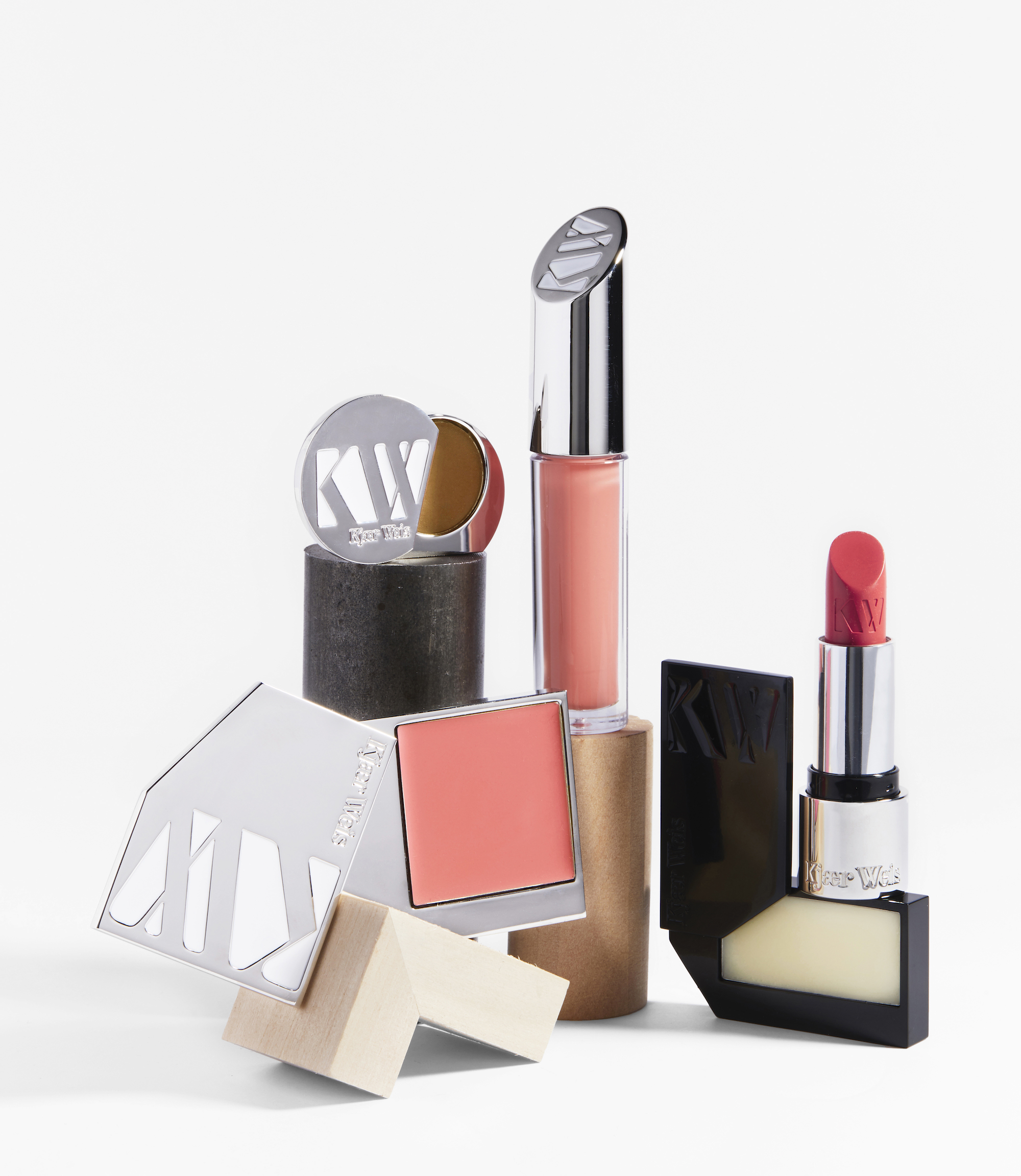
How has the pandemic impacted your business?
As for everybody, COVID has been a unique, multilayered experience. We’ve seen a lot of growth online, but retail sales dropped because all of the doors closed for a while. Then, a lot of focus obviously went to DTC. So, it’s been a year of seeing we’re going to have to pivot into our direct-to-consumer, which we were planning on having a large focus on in 2020 anyway.
Finding ways of personalizing the experience so our customers still feel that sense of connection [has been important]. We switched our field team that couldn’t go into doors anymore into a pro team that does online consultations, which has been extremely successful and something that we’re going to continue to do. But we’re also having conversations with our retail doors because we very much want to support them as well. Everyone’s going through a rough time. How can we assist them in doing product descriptions of everything so that it makes it easier to sell products? One of the things that we are really trying to nail is how to do a sustainable sampling. How do we not just send out all these little plastic containers? That’s something we are working on.
There’s been a lot of silver linings. We have met our challenges as well. We produce in Italy, and Italy was hit pretty hard in the beginning, so it blocked our supply chain for a little bit, but I’m proud to say that we have been able to meet our launches. We discovered that, as a team, working remotely is actually something we do really well. Being resourceful when you don’t have the same resources to pull from and being able to pivot, that’s very empowering for a team like ours as I’m sure it is for a lot of companies out there.
Where in retail can your brand expand?
I really think the retail landscape is going to change more than what we’ve already seen. And this is just me predicting, but I don’t think we’re going to be on the other side of COVID for another 12 months minimum. So, I think the retail landscape will probably change quite a bit. The new shopping patterns are going to become things that are here to stay. Retail partners are so important to us, but also where do we see ourselves fitting? I don’t have a strong answer on that yet because I’m watching a little bit how everything evolves.
We still have a lot of markets that we haven’t even entered. We are not in Asia yet. I think the brand would do well in Japan, for instance. In the U.S., we have some really strong partners—we launched with Bluemercury in the third quarter of 2019—but there’s still a lot of penetration to happen in the U.S., [especially with] online stores. My gut is that that’s obviously going to be a go-to for many consumers, and retail brands are going to have a strong focus on their own DTC because that’s where they’ll see a lot of their sales happening. It feels very open to me and I’m not sure what’s in front of us.
Is your goal for Kjaer Weis to be a huge global beauty brand?
Yeah, that’s very much what I want. That’s really been my vision from day one. I started the brand because I witnessed firsthand as a makeup artist the issues that models I was working on had with their skin because of all this makeup I was putting on them day in and day out. Now, mind you, when you work as a model, and this is your profession, obviously, you’re exposed to a lot of makeup every day, and we’ll take it off and put it back on for different looks. Still, just seeing all the irritations was what set me off on this journey in the first place. I wondered what are the long-term effects of use of conventional products throughout a woman’s life.
I wanted to create an alternative that wouldn’t come with compromises, but where you could cross it off your list of things to worry about because you’re getting everything you need. You’re getting the clean ingredients. In our case, we are certified organic. You’re getting the high performance, and you’re getting the luxury experience. So, it’s really from a purpose of creating fun colors to play with, but a deeper purpose of having that alternative available for women around the globe.
Are you open to your brand being acquired? Is that something that you and Michel Brousset, founder and CEO of Kjaer Weis investor Waldencast, discuss?
It is something we talk about. I never started it with that in mind. I didn’t honestly even think of that. Then, taking on angel investors early on, the question started to come up. Michel and his team can assist us in getting the brand in front of people, maybe faster, maybe broader. There are a lot of benefits to having great minds around the table. That could translate into somebody assisting in a potential acquisition. I don’t really think about it per se, but I’m not no longer opposed to it. It would just have to be the right fit.
That’s what happened with Michel. It was the right fit. That makes all the difference. That’s what happened with me with Marc Atlan and also with the Italian manufacturer. When things feel like they click, it’s just a gift. In partnerships, you have to stretch. There’s a mutual trust in that we want the best for this company and, if I feel like I’m a little out of my comfort zone, then I’ll really think it through deeply because I know he would never want to jeopardize anything. Maybe he has a broader perspective on something that I hadn’t thought about. There’s an openness to it now that I never had in the beginning. It would have to be the right partner, that’s for sure.
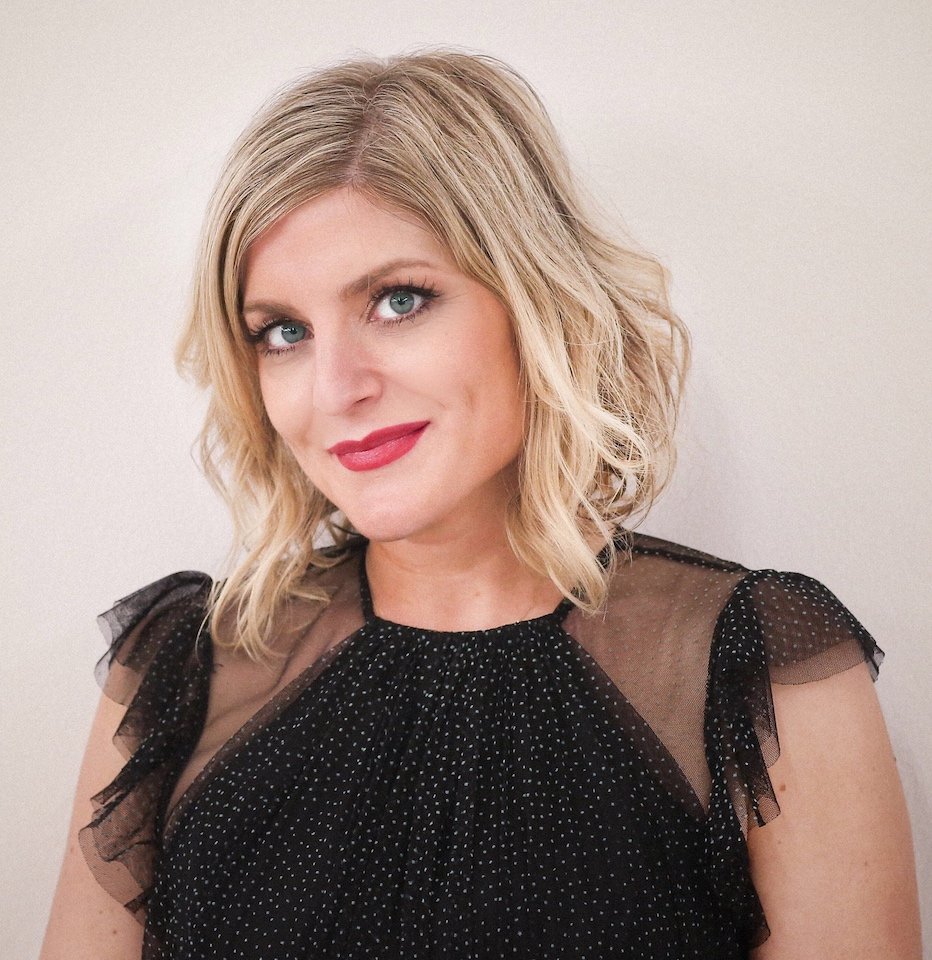

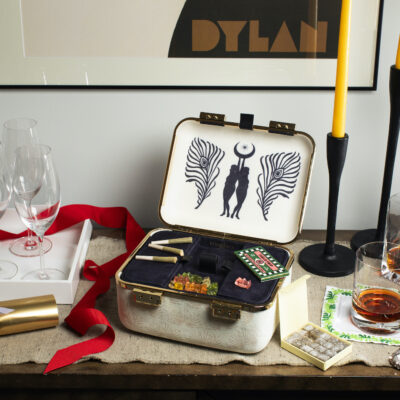
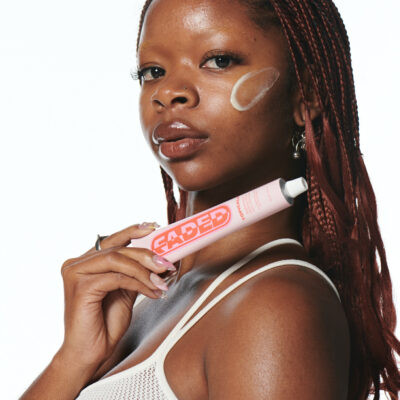
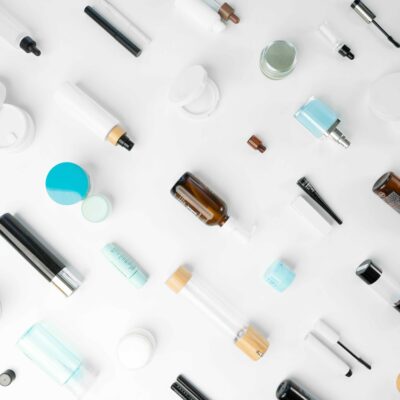
Leave a Reply
You must be logged in to post a comment.